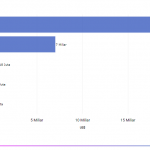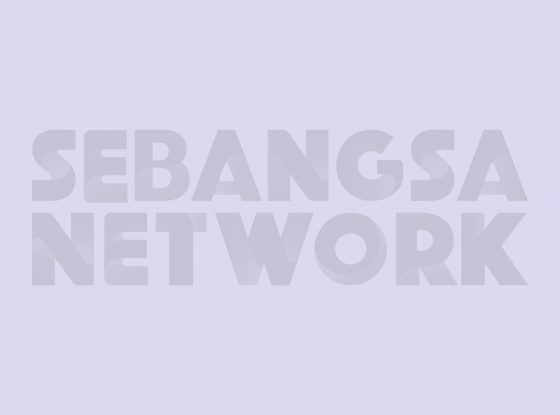The Pandemic Has Changed The Supply Chain Management Profession Forever

It is common for pundits to look ahead and predict how an industry or profession will change. Sometimes, it can be more insightful to look backwards and note the chances that have occurred over the last several years. The changes to the profession of supply chain management are dramatic.
Firstly, the term “supply chain management” was not in general use before COVID. If a professional said they worked in supply chain management, they then had to explain what that meant. No longer. Now, however, the term, while ubiquitous, has become something of an excuse. If you go into a store looking for something, and it is not there, merchants can blame it on the supply chain regardless of the real cause.
Secondly, there was massive financial stimulus provided by nations across the globe used to keep the world from falling into depression. This worked. However, it also changed the relationship between labor and capital. In short, workers have more choices. It is harder to find and retain workers. The result is that instead of being so singularly focused on labor efficiencies, companies need to consider morale. In warehouses, for example, one solution is labor management. Labor management systems break the work down into very granular activities, set targets for doing those tasks in an allotted period of time, and measure how workers do against the time standards over the course of the day. These solutions were proven to increase productivity significantly. But now, warehouse management solution providers talk about gamification – how can an application make work fun for workers?
The trend toward automation has never gone away. But the difficulty in finding workers has becoming a huge challenge at many factories and warehouses. The already fast-growing market for warehouse robots and flexible factory automation has become supercharged as a result.
Thirdly, all the COVID supply disruptions brought home the need for better supply chain risk management. Risk management had been a hard sale. Multinationals knew that events could occur that could cost them tens, or hundreds of millions of dollars. But these events were not predictable – they might happen, they might not. And many individual events that could occur were so rare they were labeled “black swan events.” The upshot of this is that companies could not calculate a return on investment on improving these capabilities. Thus, many companies most not invest in this technology. Companies typically embrace improved supply chain risk management after a disaster – after the horse had already fled the burning barn. For example, the auto industry embraced risk management after the nuclear disaster at Fukushima. COVID was a Fukushima category event that applied to all industries.
But as companies embraced advanced risk management solutions, they discovered that while some of these solutions were very good at identifying risks in real time one tier up in the supply chain, they could not identify risks occurring several tiers up in the supply chain – the so called “n-tier problem.” But COVID supply disruptions turned out, very frequently, to be an n-tier problem. For example, the auto industry, which lost billions because of the semiconductor chip shortage, had suppliers that could not get the chips they needed for their products. So, the OEMs could not get the subassemblies and car components they needed. Everstream Analytics has proven that the combination of vast amounts of data, graph databases, and artificial intelligence, they can do the difficult job of identifying these n-tier suppliers with much less effort and better reliability. Interos claims to do the same but I have not been able to verify that by talking to one of their customers.
As with the term supply chain management, the vocabulary used to describe risk management is less than accurate. Business professionals talk about “agility” and “resilience” as if they are the same thing. They are not.
A company with an agile supply chain can react quickly to big increases or decreases in demand. Or it can see a supply or logistics disruption that will impact them faster than their competition. This advanced visibility can allow them to move to lock up the items in short supply, or the needed transport, faster than their competitors. An agile company is like a half back in football that can dart quickly to the left or the right depending upon the opening.
In contrast to agility, a resilient company is doing what they can do prepare for the inevitable shocks they will face. They are like an athlete doing the hard training necessary to help them excel. These companies are moving to procure key components from more suppliers, ensure that suppliers of similar components are not located in the same region, and doing more near-shoring. They are also reducing their debt levels and sitting on more cash. And many are adding supplier risk management duties to the sourcing tasks performed by their procurement managers. In short, agility is about being able to react quicker, resilience is about preparation.
Finally, COVID was a giant shock to the profession. Many supply chain professionals worked long hours under huge stress. Their performance was laudatory. The crisis helped companies identify talented supply chain employees whose virtues had gone previously unnoticed. Many careers were advanced. Other young supply chain analysts and planners learned things in a few months that would have taken years to learn in the past. Others burned out and left the profession.
In summary, it is fair to say, supply chain management as a profession will never be the same. Military strategy changed forever after Hiroshima; supply chain strategy has been similarly transformed by COVID.
Source : forbes.com



